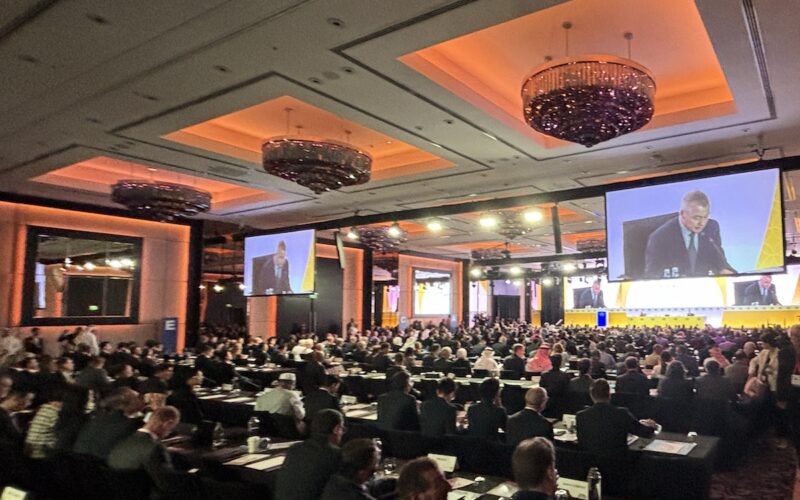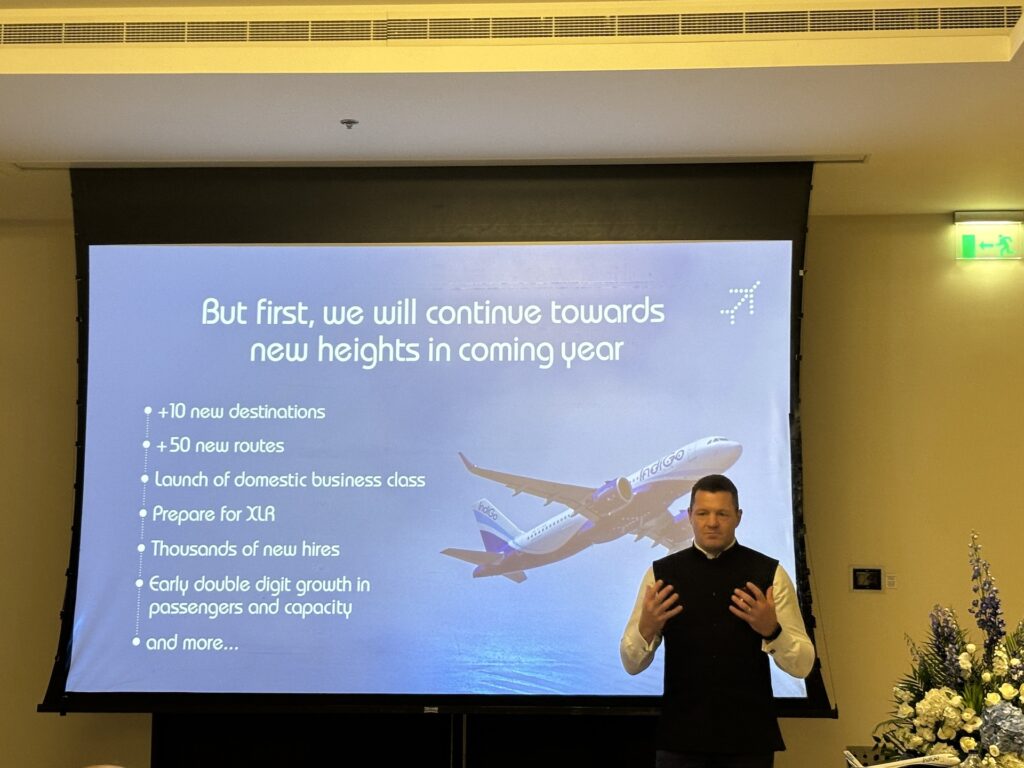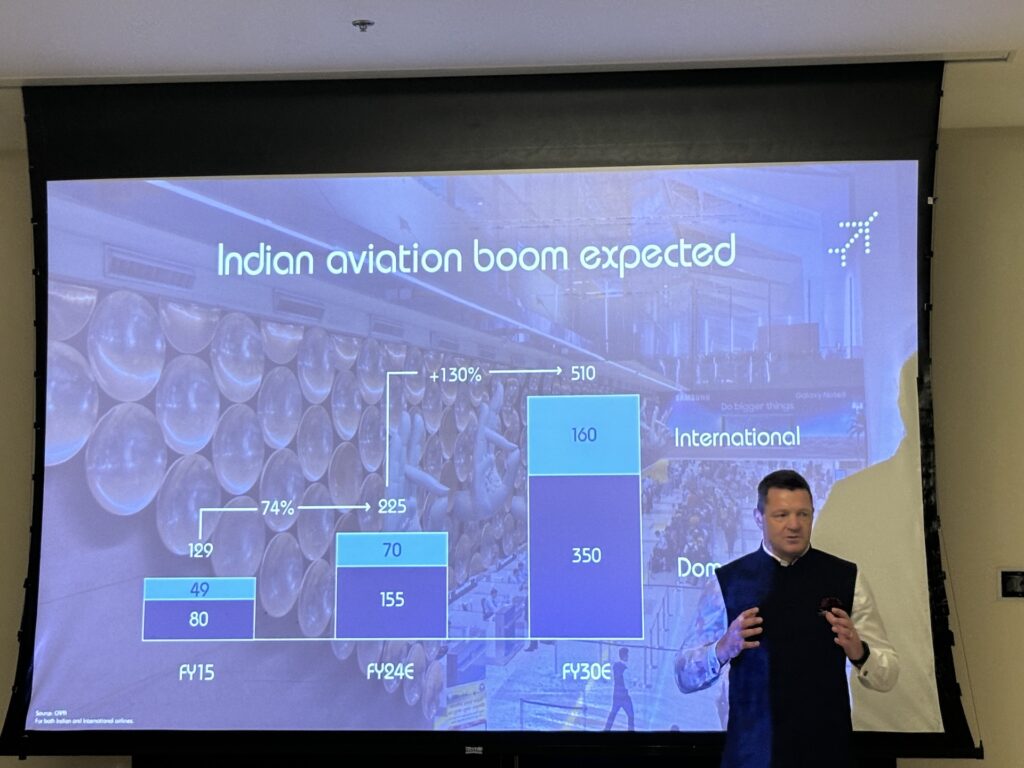On June 2-4, 2024, a comprehensive cross-section of the commercial aviation ecosystem gathered at the Annual General Meeting (AGM) of the International Air Transport Association (IATA) in Dubai.
The event attracted a good number C-level executives and decision makers, plus the world’s largest airlines and aviation governing bodies.
AeroTime was on the sidelines of the event to take the pulse of the industry and speak with some of its key players.
It is no coincidence that Dubai served as the setting of the 2024 IATA AGM since the event was hosted by Emirates. Two years prior, it was neighboring Qatar Airways that chaired this massive annual industry gathering.
Royal Jordanian strives to reclaim its place
It is a fact that the sudden rise of the major Gulf carriers, the so-called MEB3, has managed to shift the center of gravity of commercial aviation in the Middle East. Nevertheless, they are far from being the only game in town.
Royal Jordanian Airlines, which marked its 60th anniversary in December 2023, is vying to reclaim its spot as one of the classic carriers within the region.
Jordan’s national airline has just rolled out an ambitious fleet renewal and expansion program that will see it grow the number of aircraft it operates by 50%. It will also replace some of its older airframes with a mix of Boeing, Airbus and Embraer models.
This has taken place amid an extremely challenging geopolitical environment, with wars raging in Gaza and Syria and armed clashes regularly flaring up in neighboring Lebanon.
So, how does Royal Jordanian plan to recover its role as a regional connector?
AeroTime spoke with Samer Majali, Vice-Chairman and CEO of Royal Jordanian Airlines, to find out more about the company’s plans.
The airline of the Southern Seas
Looking beyond the Middle East, IATA’s AGM also offered an unparalleled opportunity to speak with airline executives from all corners of the world in person, including those from relatively remote regions.
One such executive was Mathieu Bechonnet, Managing Director at Air Tahiti Nui, the only international airline based in French Polynesia.
In conversation with AeroTime, Bechonnet disclosed some interesting facts about the carrier’s unique operations, which include the world’s longest domestic flight, linking Paris CDG to Faa’a International Airport (PPT), in Papeete, Tahiti [Polynesia is a French overseas territory – ed. Note], with a stopover on the West Coast of the United States.
Bechonnet shared details about the type of product enjoyed by those passengers that are fortunate enough to find themselves on a flight to a Polynesian holiday. He also explained how Air Tahiti Nui has crafted its image and branding, including its colorfully liveried aircraft, to evoke the atmosphere and vibe of the Southern Seas.
Watch the video below to find out more about Air Tahiti Nui.
Setting the record straight on sustainability
As is becoming the norm at aviation industry events, sustainability was a key talking point on the 2024 IATA AGM agenda.
At a time when airlines are struggling to defend their environmental record, Marie Owens Thomsen, IATA’s SVP Sustainability and Chief Economist, has emerged as one of the strongest voices in support of the industry’s commitment to sustainability
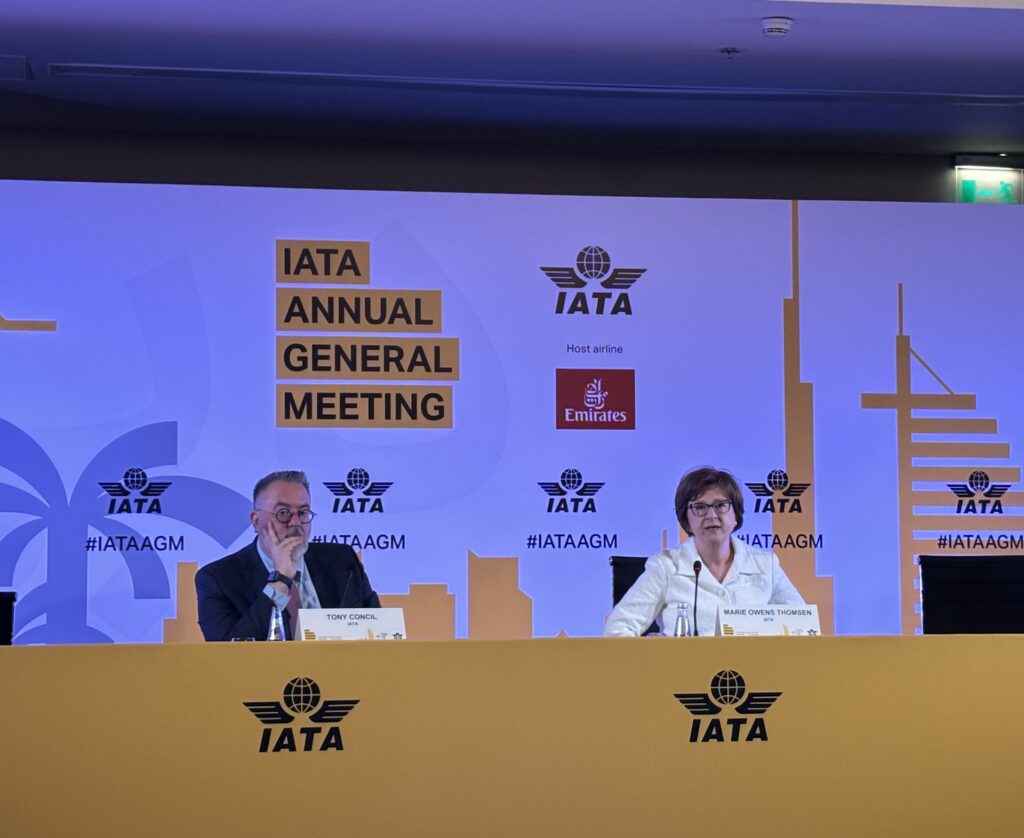
AeroTime spoke with Owens to learn more about her views on aviation sustainability.
In the following video, Owens outlines IATA’s sustainability road map, which, notwithstanding its support of other propulsion technologies, heavily relies on the development of sustainable aviation fuel (SAF) supply.
According to IATA’s own projects, fulfilling the industry’s environmental mandates and goals would require expanding SAF production 1000-fold by the year 2050. A massive amount of investment would be needed, Owens explained, but the required figures do not sound so extravagant when compared with the $800 billion of capital investment that the oil and gas industry allocates annually to its traditional fossil fuel business.
If the industry and regulators are to measure aviation’s impact on the environment and any progress that the introduction of sustainable aviation fuels (SAF) or other technologies may have, they will require the relevant data.
Harnessing the power of data
Fortunately, aviation is an industry where pretty much everything is tracked and documented, so there is a surfeit of data to go around and inform decision-taking.
First, though, someone needs to collect all that data and organize it in a way that can lead to actionable analysis.
One company doing just this is Cirium, owner of one of the world’s most comprehensive aviation industry databases. The company holds a privileged vantage point to observe the state of the industry and the trends currently shaping it.
AeroTime met with Cirium’s CEO, Jeremy Bowen, on the sidelines of the IATA Annual General Assembly in Dubai, on June 3, 2024, and asked him for his views on some of the key issues that airline executives are losing sleep over. This included the quest to become more sustainable and the supply chain constraints that are hampering the growth prospects of the world’s most dynamic carriers.
Delhi calling
So, how is the industry expected to fare over the next 12 months?
This will certainly be a topic of discussion at the next AGM, which will take place in June 2025 in Delhi, India, and will be hosted by IndiGo, the fast-growing Indian low-cost airline.
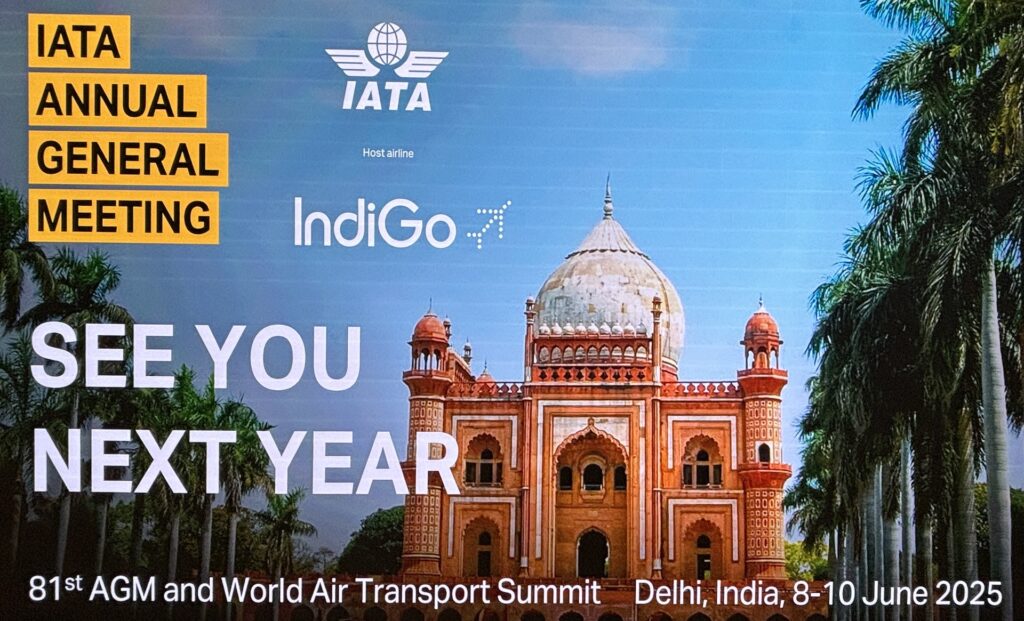
Its CEO, Pieter Elbers, was also in Dubai to share the vision behind the rise of IndiGo and its progressive transformation, from a domestic budget carrier into an airline with international ambitions.
Elbers referred to the size of the opportunity that India represents, with its air travel market expected to double in size within a decade.
In addition to helping “democratize” air travel in India, Elbers explained that IndiGo is now ready to get into other market segments. The airline is introducing a more business-oriented offering on some of its trunk routes, such as Mumbai (BOM) to Delhi (DEL), a market in which it operates up to 20 daily frequencies on some days.
And while there is plenty going on within India, IndiGo has also set its sights on the international arena. In the same week that Elbers was meeting with media at AGM, IndiGo announced an expansion of its international capacity towards Central Asia and the Caucasus.
This announcement is a taste of things to come. The combination of the soon to arrive A321XLR aircraft and the 30 Airbus A350 widebody aircraft ordered in May 2024 will give IndiGo the tools to become a force in the international sphere.

